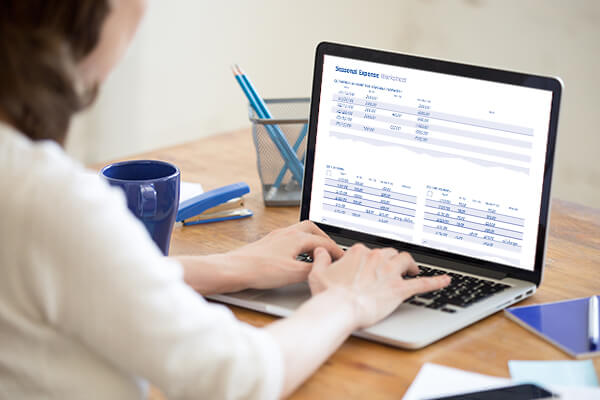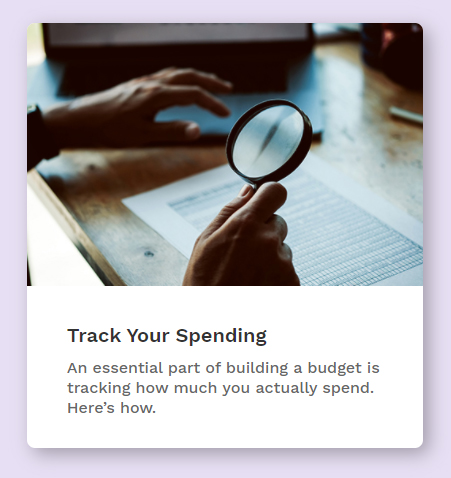Managing Seasonal Expenses
Step 6 of building your household budget.
Step 6: Manage Seasonal Expenses
Now that you have created a workable budget and have planned your pay cheques, the last step is to plan your savings money so that you are able to track and manage your seasonal expenses. This Seasonal Expense Worksheet will help you get started.
Set up a binder with one page for each seasonal expense item listed on your Budget Worksheet. The first page is what is actually in your savings account (A). List the date and how much you deposit or withdraw each time. The subsequent pages are for the items you will need money for when the time comes, e.g. car repairs, vacations, gifts, clothing, etc.
For example, you deposit $300 to your savings account twice a month and record this on the first page of your binder (A). Then, based on your budget, you record the amount you need for your seasonal expenses on each of the next 4 pages (clothing (B), car repairs (C), gifts & festivities (D), travel & vacations (E)).
Dealing with unexpected expenses as they come up
When an expense occurs and you spend money from your seasonal savings account, e.g. $40 on a gift for a friend, record on the first page (A) what you withdrew (e.g. $40). Then on the “gift” page (D), subtract $40 from the amount listed there and note the reason.
The important thing to remember is that the total of your seasonal expense pages (every page except page one) must total what you actually have in your savings account.
Planning how to spend your saved money, just as you do your pay cheques, will allow you to have the money you need when you need it. This will help you avoid the stress of debt and give you the freedom to make choices.
Next Up: Looking Ahead
Getting on track with a budget can take a month or two. You’ve lived all this time without a spending plan, so give yourself time to adjust. Don’t be afraid to ask for help if things aren’t falling into place – we’re just a phone call away.
Next Up: Looking Ahead
Getting on track with a budget can take a month or two. You’ve lived all this time without a spending plan, so give yourself time to adjust. Don’t be afraid to ask for help if things aren’t falling into place – we’re just a phone call away.
Related Topics

Workshops & Webinars
In-person or online, learn about credit, debt, and money. Ask questions and get the best tips!
Track Your Spending
An essential part of building a budget is tracking how much you actually spend. Here’s how.

Credit Counselling
Are you curious about what credit counselling is or how it works? Here’s what you need to know.



